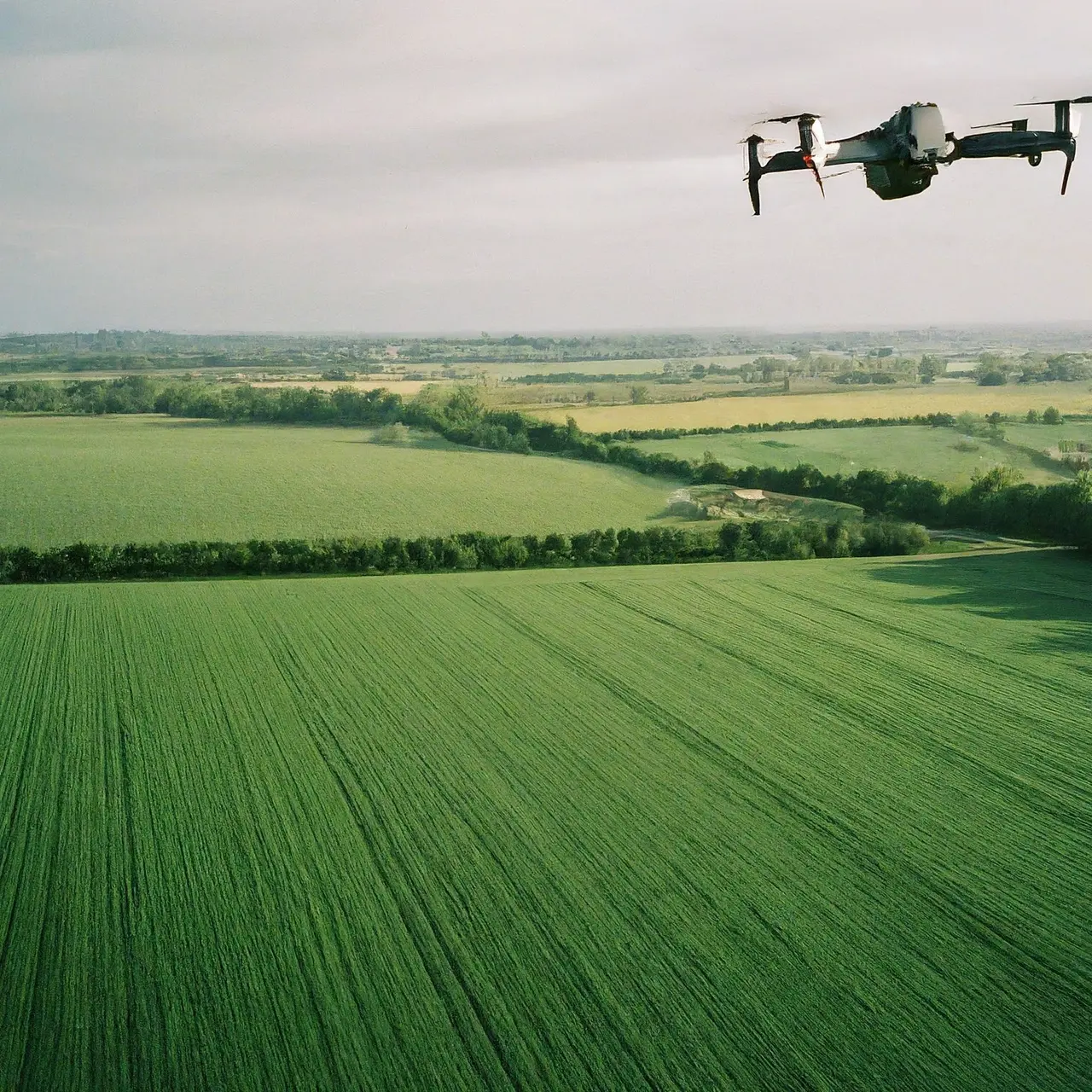In the dynamic world of agriculture, crop analysis drones are revolutionizing how farmers monitor, manage, and maximize their yields. From small family plots to vast commercial farms, the precision and efficiency brought by these nimble aerial allies are opening new vistas of productivity and sustainability.
The Rise of Crop Analysis Drones in Modern Agriculture
The agricultural landscape is witnessing a significant transformation with the advent of crop analysis drones. By offering a bird’s-eye view of fields, these drones enable farmers to assess crop health, monitor drought conditions, and manage pests and diseases with unprecedented precision. This evolution from traditional to precision agriculture marks a pivotal shift towards more responsive and sustainable farming practices.
Beyond mere observation, these drones are equipped with advanced sensors and imaging capabilities to provide detailed insights into crop vigor, variation in soil health, and moisture levels. Such data-driven farming methods help optimize inputs like water, fertilizers, and pesticides, leading to increased crop yield and reduced environmental impact.
Choosing the Right Crop Analysis Drone for Your Farm
Selecting the most suitable crop analysis drone can be daunting due to the variety of models available. Key considerations include flight time, image resolution, ease of use, and data analysis features. Balancing these factors with the size of the farm and the specific crops grown is crucial for maximizing the benefits of drone technology.
Professional-grade drones, while offering extensive features and higher precision, may represent a significant upfront investment. Conversely, more affordable models can serve as an entry point for smaller farms looking to pilot the benefits of drone technology. Adapting the choice of drone to the farm’s scale and needs is a strategic step towards integrating drone technology into farm management practices.
Consulting with agricultural drone experts and leveraging pilot programs offered by drone companies can provide valuable insights. These opportunities allow for hands-on experience and understanding of how a drone’s features translate into real-world benefits for your specific farming operation.
How to Deploy Crop Analysis Drones for Maximum Efficiency
Efficient deployment of crop analysis drones hinges on strategic planning and an understanding of the crop lifecycle. Timing drone flights to coincide with key growth stages can unveil critical insights into crop health and productivity threats.
Early morning flights take advantage of optimal lighting conditions and minimal wind interference, enhancing the quality of data collected. Regular scheduling, tailored to the particular needs of each crop type, ensures comprehensive monitoring throughout the season.
Farmers must also familiarize themselves with the data analysis tools provided by the drone manufacturer. Learning to interpret the data effectively allows for timely interventions that can make a significant difference in crop outcomes.
Interpreting Data from Crop Analysis Drones to Make Informed Decisions
The value of crop analysis drones lies not just in the data collected but in the actionable insights that farmers can derive from it. Advanced algorithms analyze the imagery to detect anomalies in crop growth, indicators of stress, and areas requiring intervention.
Interpreting this data enables farmers to make targeted adjustments to irrigation, fertilization, and pest management plans. This precision approach not only boosts crop health but also contributes to more sustainable farming practices by minimizing waste and environmental impact.
Ultimately, the ability to translate complex data into practical farming decisions will define the success of crop analysis drones in agricultural management. Embracing these technologies paves the way for smarter, more responsive farming that is attuned to the needs of the land and the demands of the market.
The integration of crop analysis drones into modern farming practices underscores a turning point in agriculture. Embracing this technology promises a future where informed decisions, efficient farm management, and enhanced crop health are the norm. With drones, the skyline is indeed the limit for farmers aiming for sustainability and profitability.



